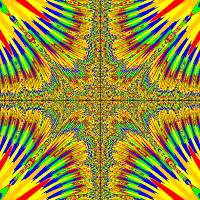I am creating a game where a spaceship that is moving to the right dodges incoming asteroids. Since I want this to go on for an infinite amount of time, an infinite number of asteroids must be generated. I would like the asteroids generated to be in a random location on the screen, but not overlap each other. Although I am still a beginner in programming and greenfoot, I have a rough idea on how to do this. I suspect that a list will be needed, but I'm not sure how it will work out considering that this list will hold an infinite number of asteroids. Since I am not sure where to start, any help using code snippets is preferred. Thank you in advance. Below is a link to a video demonstrating what my current game looks like: https://drive.google.com/file/d/1UWkkj6ftF3zTFF-zouNRCBkwlOLN3IcV/view




 Am I generating these asteroids the wrong way? Is an alternative way to do this such as using an arraylist to store the asteroids then remove them once they are not needed?
Here is my current code for my world class:
Am I generating these asteroids the wrong way? Is an alternative way to do this such as using an arraylist to store the asteroids then remove them once they are not needed?
Here is my current code for my world class:

